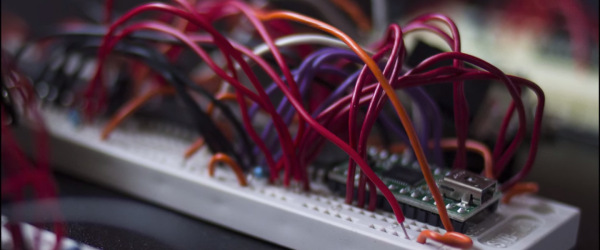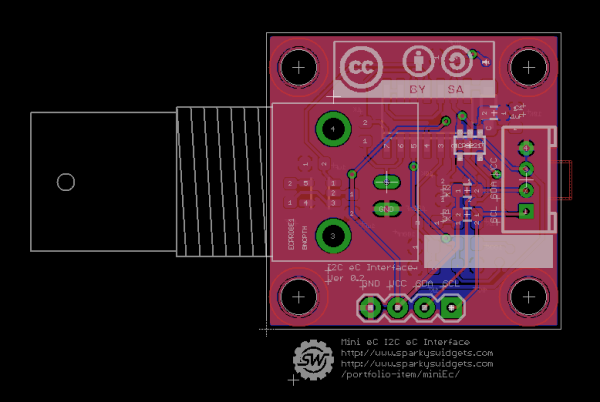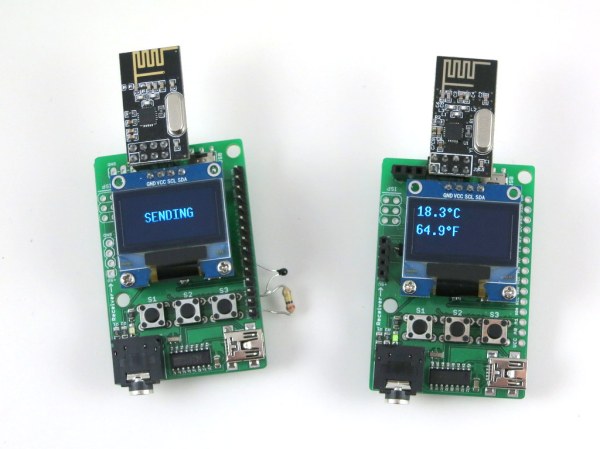The bike above may look like a pristine Yamaha prototype, but it’s actually the work of [Julian Farnam], a motorcycle hacker of the highest level. We caught his Yamaha A-N-D FFE 350 on OddBike, and you can read [Julian’s] own description of the bike on his Slideshare link.
The FFE 350 started life as a Yamaha 1990’s RZ350 two-stroke racer. From there, [Julian] gave it his own Forkless Front End (FFE) treatment. Gone is the front fork, which while common in motorcycle and bicycle design, has some problems. Fore-aft flex is one – two thin tubes will never make for a rigid front end. Changing geometry is another issue. Since forks are angled forward, the front wheel moves up and to the rear as the shocks compress. This changes the motorcycle’s trail, as well.
Forkless designs may not have these issues, but they bring in a set of their own. A forkless design must have linkages and bellcranks which are often the source of slop and vibration. [Julian’s] design uses two sets of linkages in tension. The tension between the two linkages removes most of the slop and provides that directly connected feel riders associate with forks.
The FFE 350 wasn’t just a garage queen either – it laid down some serious laps at local tracks in Southern California. Unfortunately, the forkless design was too radical to catch on as a commercial venture, and the FFE has spent the last few years in storage. [Julian] is hard at work bringing it back to its 1998 glory, as can be seen on his restoration thread over on the Custom Fighters forum.

















